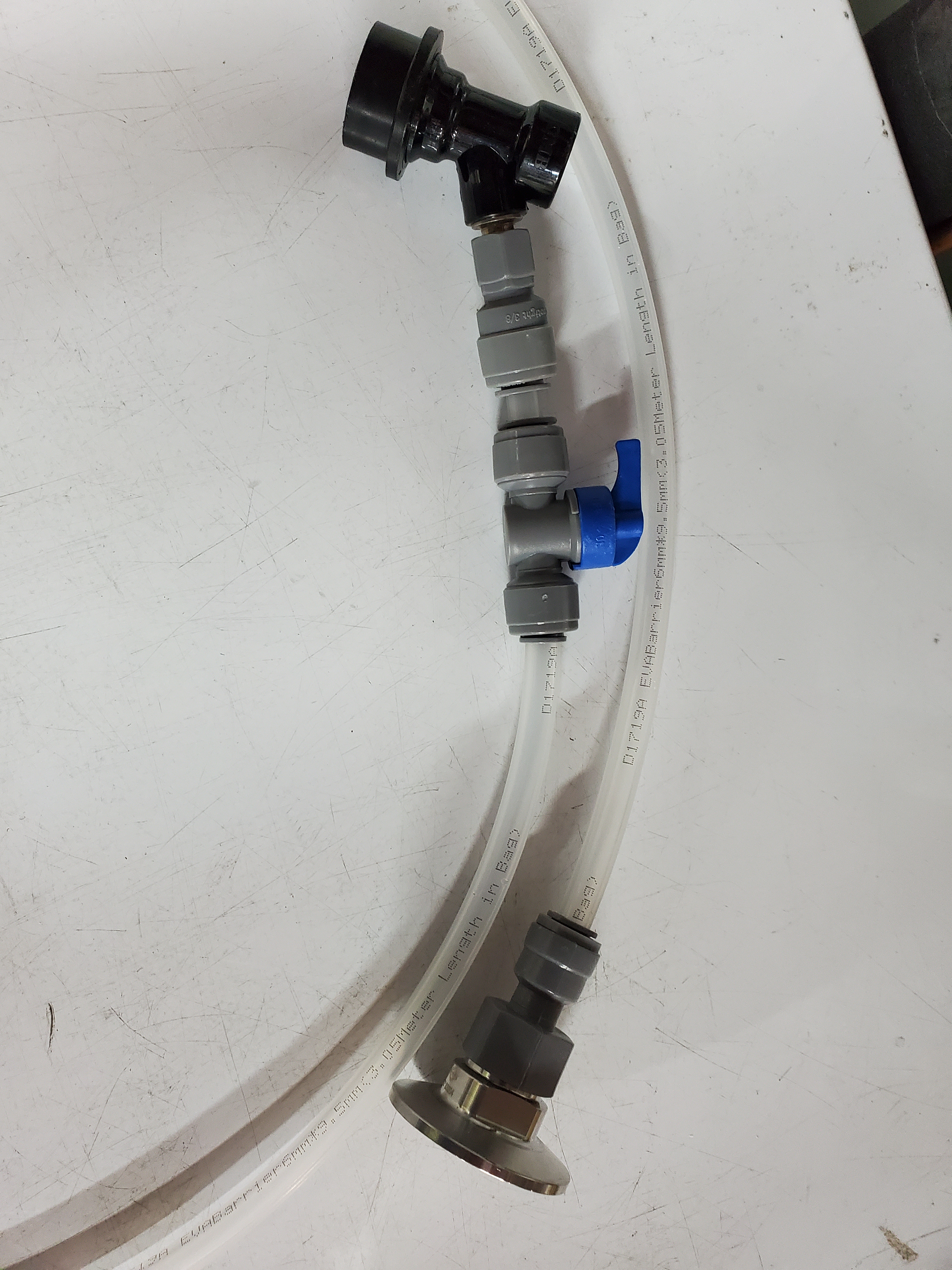Anyone have feedback on pressure transferring dry hopped beers?
I just wrapped up the transfer of my NE IPA and felt like I dumped a gallon of beer having dump trub / hop material and then to clean out poppit’s and line, finally saying forget it and just getting a 1/2” ID silicone hose and o dropping it into the open keg.
Would appreciate any ideas or recommendations you folks may have.
I just wrapped up the transfer of my NE IPA and felt like I dumped a gallon of beer having dump trub / hop material and then to clean out poppit’s and line, finally saying forget it and just getting a 1/2” ID silicone hose and o dropping it into the open keg.
Would appreciate any ideas or recommendations you folks may have.





















































![Craft A Brew - Safale S-04 Dry Yeast - Fermentis - English Ale Dry Yeast - For English and American Ales and Hard Apple Ciders - Ingredients for Home Brewing - Beer Making Supplies - [1 Pack]](https://m.media-amazon.com/images/I/41fVGNh6JfL._SL500_.jpg)



